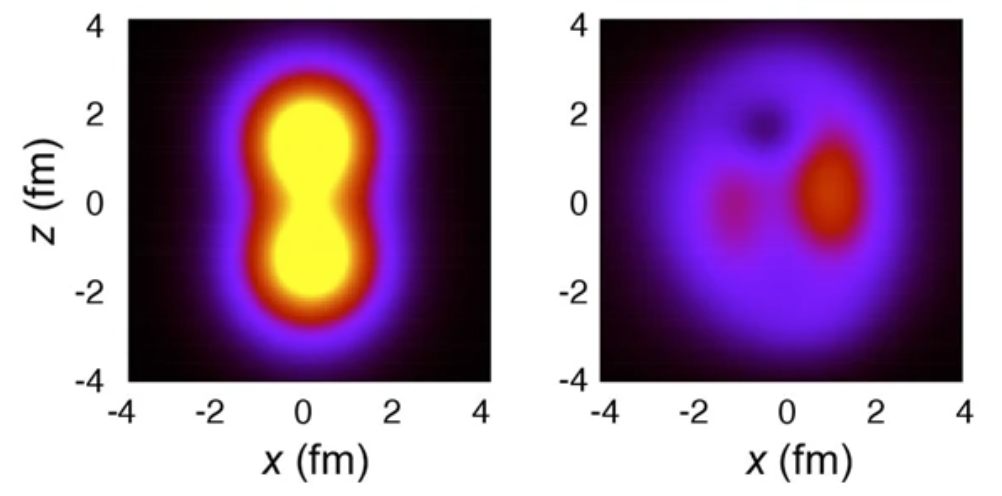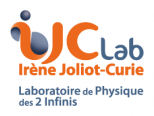
The phenomenon of cluster formation is a widespread occurrence in different physical environments, being characterized by the partial or total aggregation of the elementary constituents in complex structures which break the environment’s overall homogeneity. In such systems, the cluster formation is accompanied by a gain of stability (larger binding) with respect to the homogeneous phase. In infinite nuclear matter, which is a homogeneous medium of protons and neutrons, nuclei are a form of clusters and their existence is proof of the strong binding provided by the nuclear force.
In some cases, like the nucleus of the helium atom (known as alpha particle) the binding energy per nucleon can be very large, so large that, for example, it is energetically favorable for the beryllium-8 nucleus to split into two alpha particles in a few tens of attoseconds. Such observations, together with the emission of alpha particles by many nuclei, have determined nuclear physicists to ask whether it is not possible for alpha particles, or other strongly bound, light nuclei, to exist as “pre-formed” clusters in heavier systems, impacting their properties in a measureable way.
The phenomenon of nuclear cluster formation has already been predicted by a range of theoretical approaches, including ab initio calculations. Nevertheless, definite experimental proof is elusive, because the clusters themselves cannot be observed directly while inside the nucleus. One approach pursued by IJCLab researchers from the NESTAR team of the Nuclear Pole is to probe the clusters by breaking up the nucleus in reactions and observing the distribution of ejected fragments. Recent experiments that they have performed at RIKEN, in Japan were aimed at breaking neutron-rich beryllium isotopes on a solid hydrogen target and detecting the resulting alpha and proton fragments in coincidence. The observed production cross section was compared to a state-of-the-art theoretical model which, in order to correctly describe the magnitude and shape of the cross section in beryllium-10, had to “allow” the nucleus to develop a density resembling two alpha clusters, bound together by the extra two neutrons (see for example the figure which shows a recent calculation). Such a configuration is found in molecules when two atoms share two electrons (covalent binding) to form a diatomic molecule. The results currently submitted for publication are part of an ongoing campaign of studying the properties of light nuclei at RIKEN and GANIL.
Correspondent Didier Beaumel






